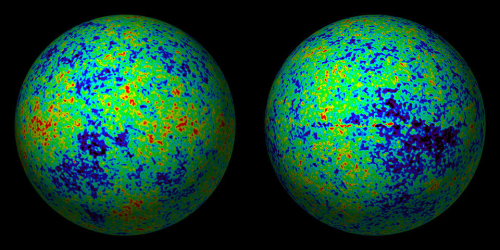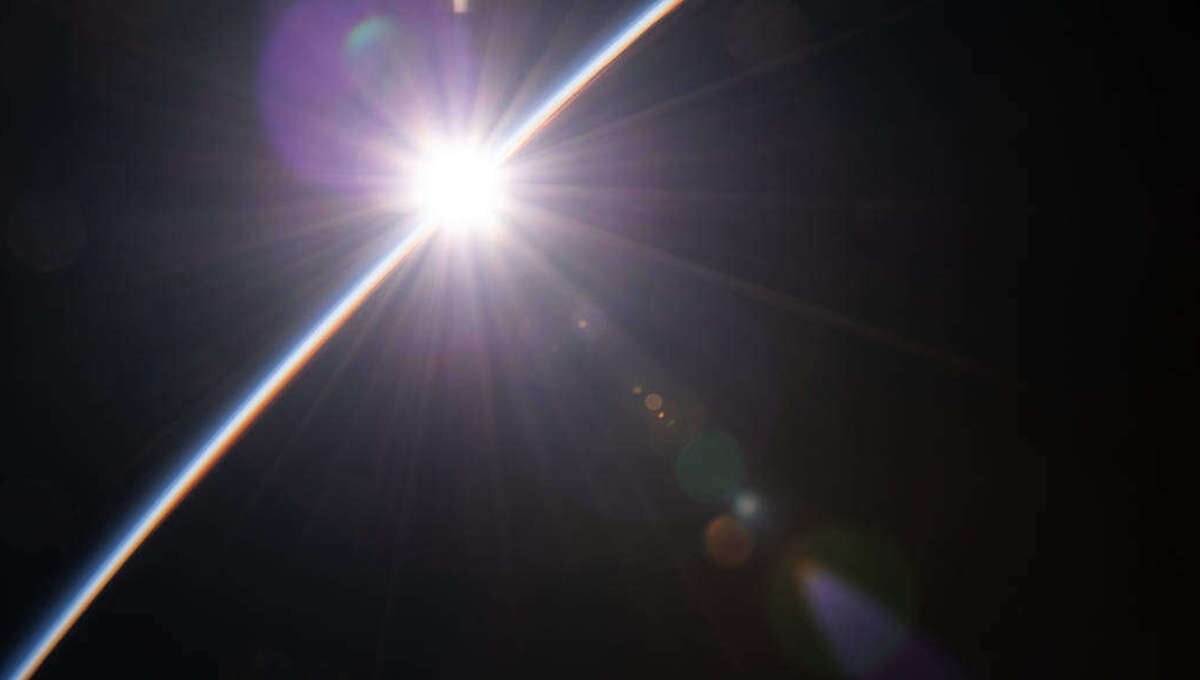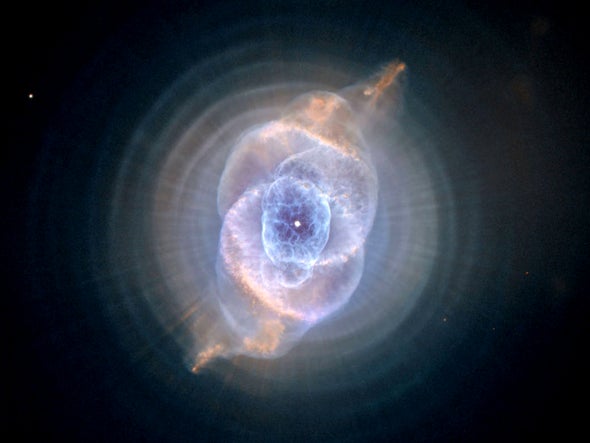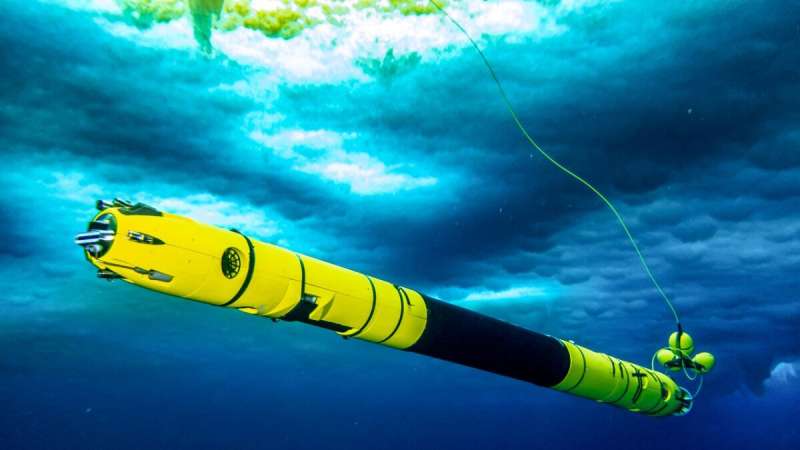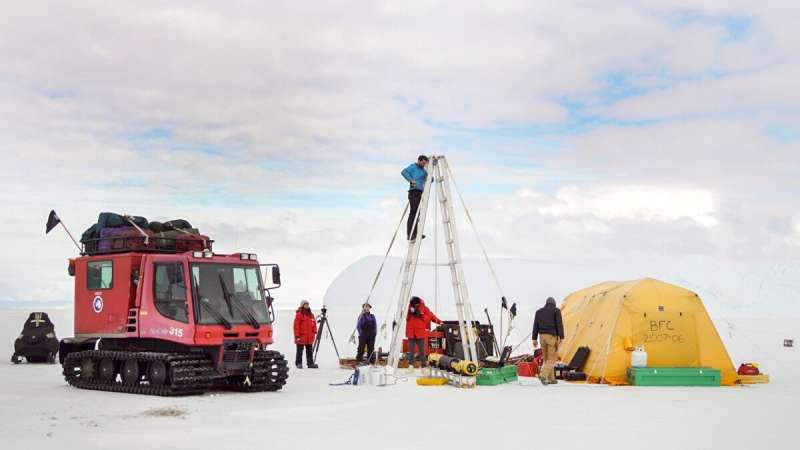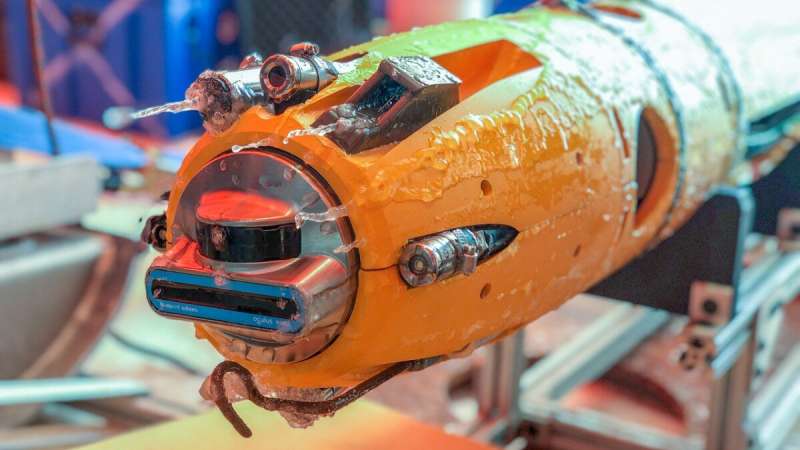Misconceptions about science fuel pandemic debates and controversies, says Neil deGrasse Tyson
Schools should teach science as an evolving process — not
a series of hard facts, argues astrophysicist

Astrophysicist Neil deGrasse Tyson says some of the bitter arguments about medicine and science during the COVID-19 pandemic can be blamed on a fundamental misunderstanding of science.
"People were unwittingly witnessing science at its very best.… [They said,] 'You told me not to wear a mask a month ago and now you tell me [to] wear it.… You don't know what you're talking about.' Yes, we do," the American astrophysicist and author told The Sunday Magazine host Piya Chattopadhyay.
"Science is a means of querying nature. And when we have enough experiments and enough observations, only then can we say: This is how nature behaves, whether you like it or not. And that is when science contributes to what is to what is objectively true in the world."
Tyson, who is also the director at the Hayden Planetarium in New York City, is doing his part to try to make his corner of the scientific world more accessible with his new book A Brief Welcome to the Universe, co-authored with Michael A. Strauss and J. Richard Gott.
He hopes readers can take those lessons to other scientific topics, including the COVID-19 pandemic, which has seen several controversies flourish about the nature of the virus and the measures developed to fight it.
Misconceptions about how science works stems in part, he said, from the fact that it's often improperly taught at the earliest levels of education.
"People think science is the answer. 'Oh, give me the answer. You're a scientist. What's the answer?' And then I say things like: 'We actually don't have an answer to that.' And people get upset. They even get angry. 'You're a scientist. You should know,'" he explained.
"What's not taught in school is that science is a way of learning what is and is not true. The scientific method is a way of ensuring that your own bias does not leave you thinking something is true that is not, or that something is not true that is."
Big universe, simple language
A Brief Welcome to the Universe is billed as an approachable "pocket-sized tour" of the cosmos, answering such questions as "How do stars live and die?" and "How did the universe begin?"
It's a condensed version of the 2016 edition of the book, Welcome to the Universe: An Astrophysical Tour.
Tyson and his co-authors argue in the book that astrophysics uses simpler language than other scientific disciplines, which makes it a good starting point to learn about science.
"I don't simplify the origin of the universe and then call it 'The Big Bang' to you. We call it that to each other," said Tyson. The same goes for well-known phenomena like black holes, sunspots and the planet Jupiter's Great Red Spot, he added.
Start with those, and then you can move onto other topics, some with more complex names — such as the Coriolis force, which, among other things, explains how the Earth's rotation subtly affects the way a football travels in the air during a field kick.
"There are simple things in science. And if you're interested, you can then go out and learn the complex things. But I'm not going to lead with the complex things. What good is that? That never solved anything," he said.
Many people likely know Tyson from his appearances on American talk shows, often critiquing or debunking questionable science seen in movies and other pop culture. He's commented on everything from the feasibility of resurrecting dinosaurs, like in Jurassic Park, to the improper night-sky backdrop in the final scenes of Titanic.
He also talks about science on his podcast StarTalk, as well as on a National Geographic TV show of the same name and another show called Cosmos.
Tyson was temporarily removed from both programs in late 2018, after accusations of sexual misconduct from two women, which he denied. Following an investigation, in early 2019, National Geographic and Fox reinstated Tyson on their shows. They did not address the allegations in their statement announcing the decision.
About Pluto
Perhaps none of the topics Tyson is known for speaking about has sparked more discussion than Pluto, the former ninth planet.
"Oh, don't get me started," Tyson responded immediately upon mention of the icy celestial body, which was demoted from planet to dwarf planet status in 2006 by the International Astronomical Union.
The term "dwarf planet" is relatively new. It grouped Pluto, which was originally discovered in 1930, with a number of other icy bodies larger than an asteroid but smaller in size and mass to rocky planets closer to the Sun, including the Earth.

"The word planet really should be discarded," he said. "Because if I say I discovered a planet orbiting a star, you have to ask me 20 more questions to get any understanding of what the hell the thing is."
The word "planet" comes from the Greek planetes, meaning "wanderer." In ancient times, that included Mercury, Venus, Mars, Jupiter and Saturn, but also the moon and the sun. Earth wasn't considered a planet, because it was believed to be the unmoving centre of the known universe.
Over time, the scientific method progressed beyond that: the Earth is a planet that orbits the sun, which is a star. We now know our moon is one of at least 200 moons in the solar system.
To Tyson, Pluto's reclassification represents the next step in our evolving understanding of the cosmos, which has necessarily become more complex.
It also illustrates a broadening of our scientific horizons that ancient civilizations might have never contemplated.
That's why when Tyson was asked how to best answer a child's question about things we do not know, such as "how big is the universe," he said the best thing we can say is that we do not know.
"That is one of the greatest answers you can ever give someone — because it leaves them wanting for more. And they might one day be the person who discovers what the answer will be."
Written by Jonathan Ore. Produced by Sarah-Joyce Battersby.

